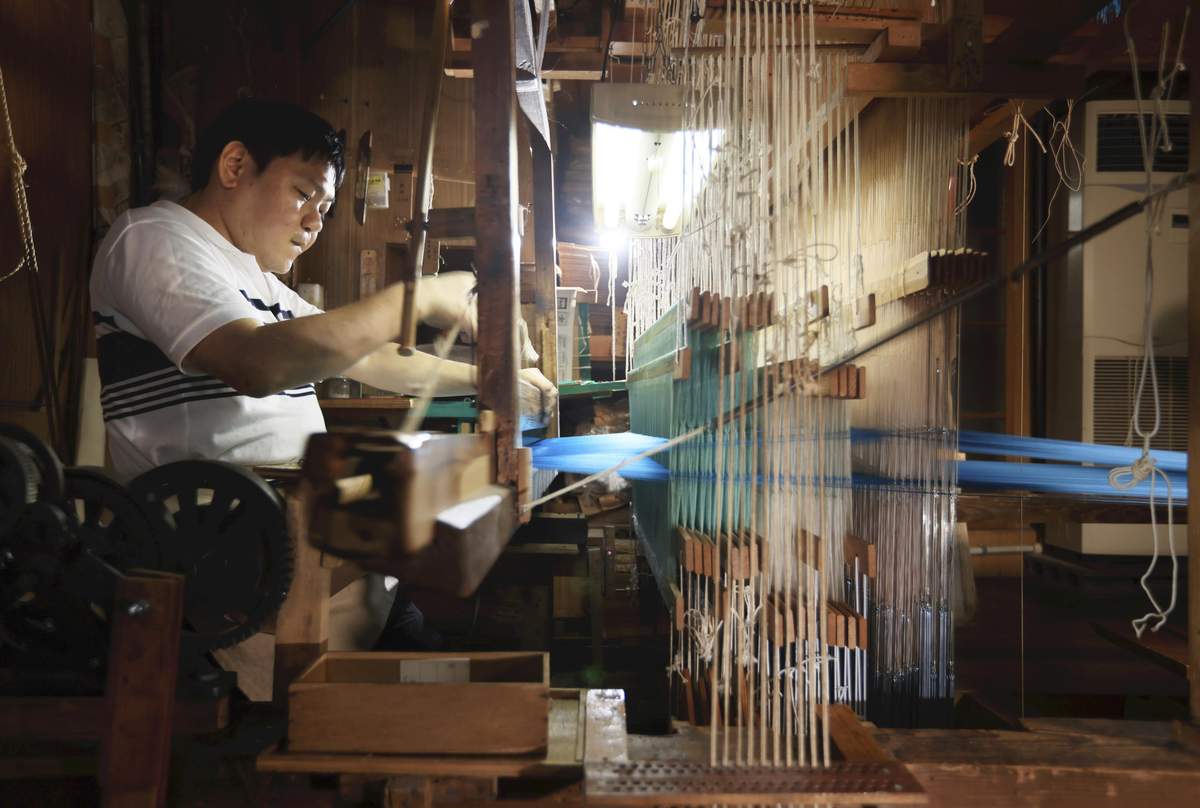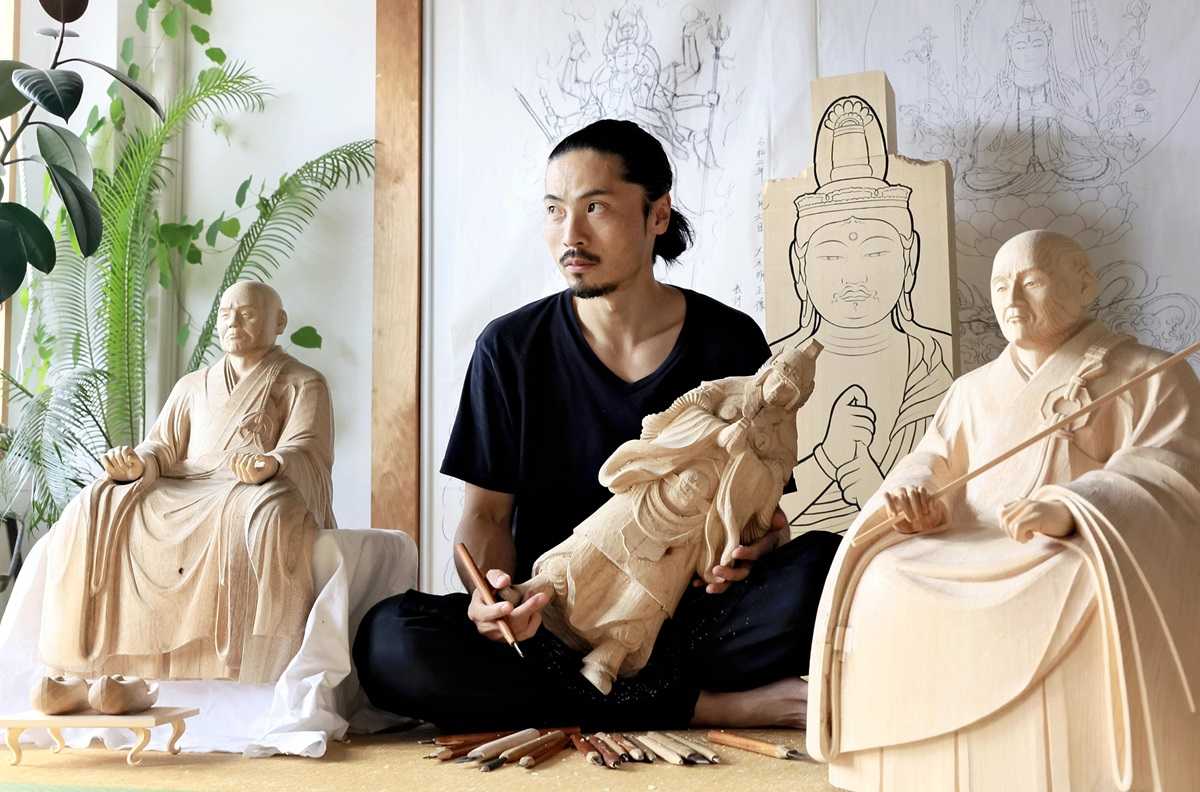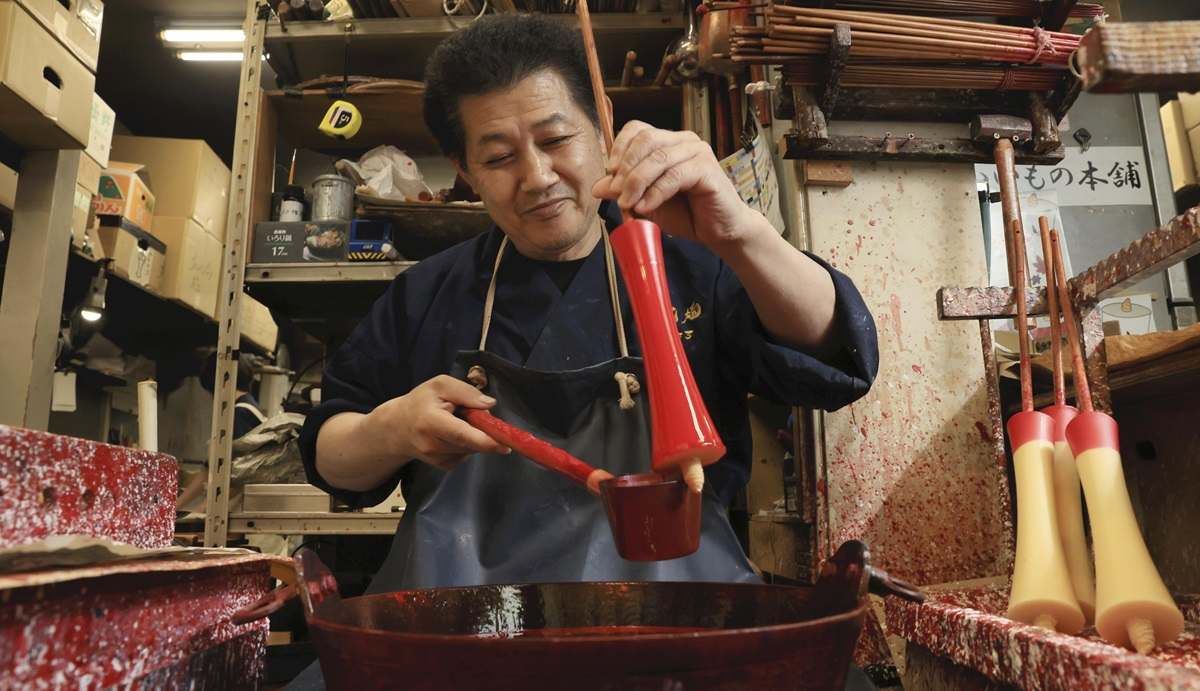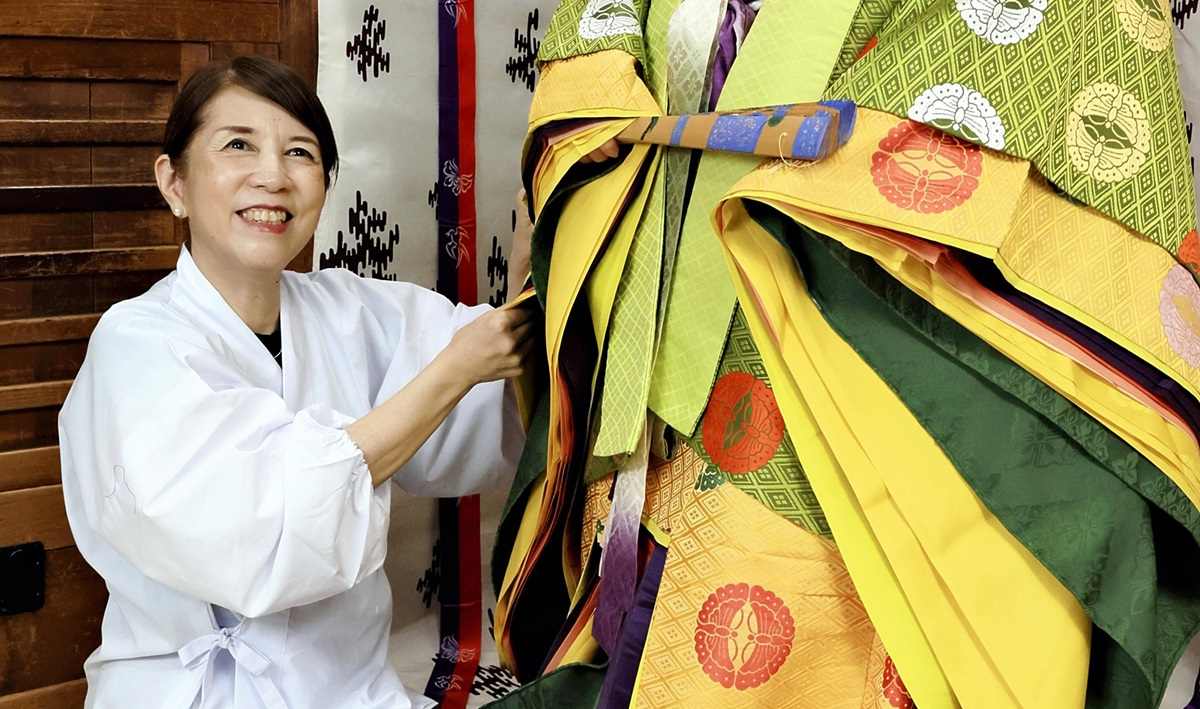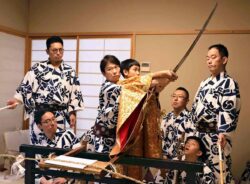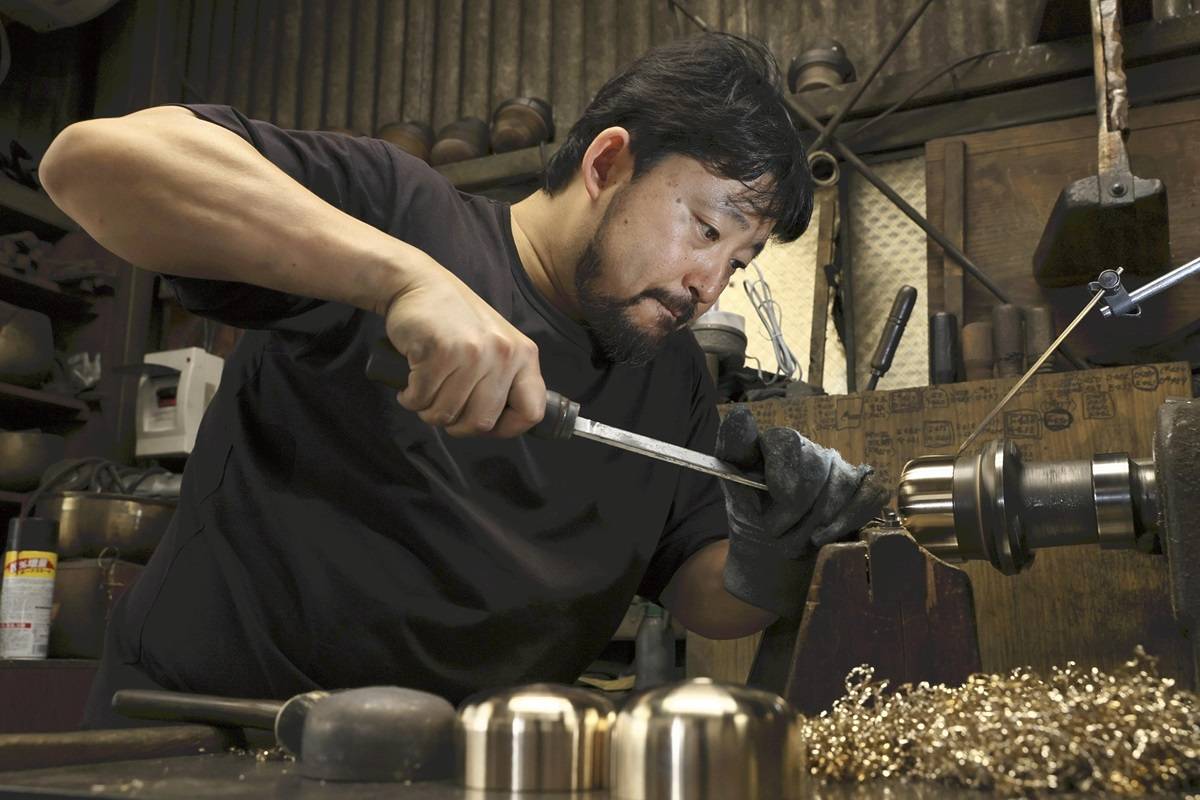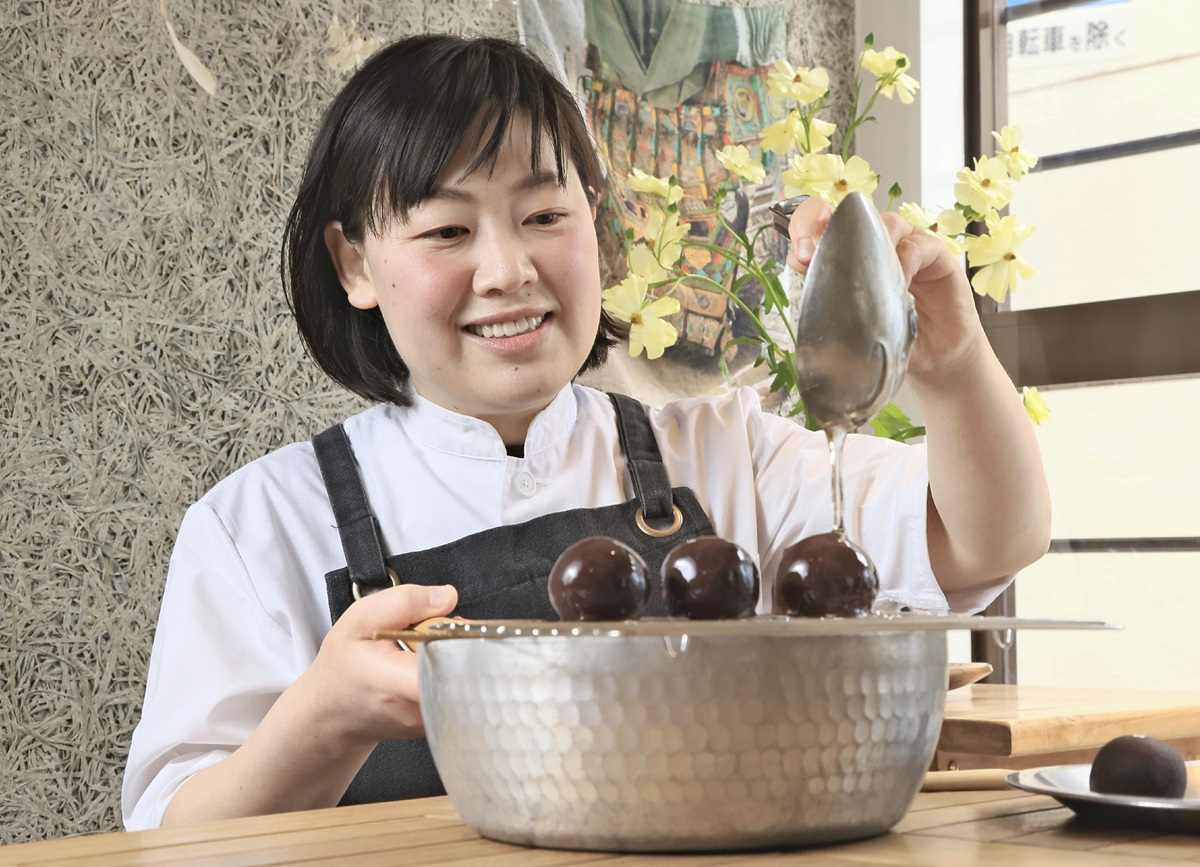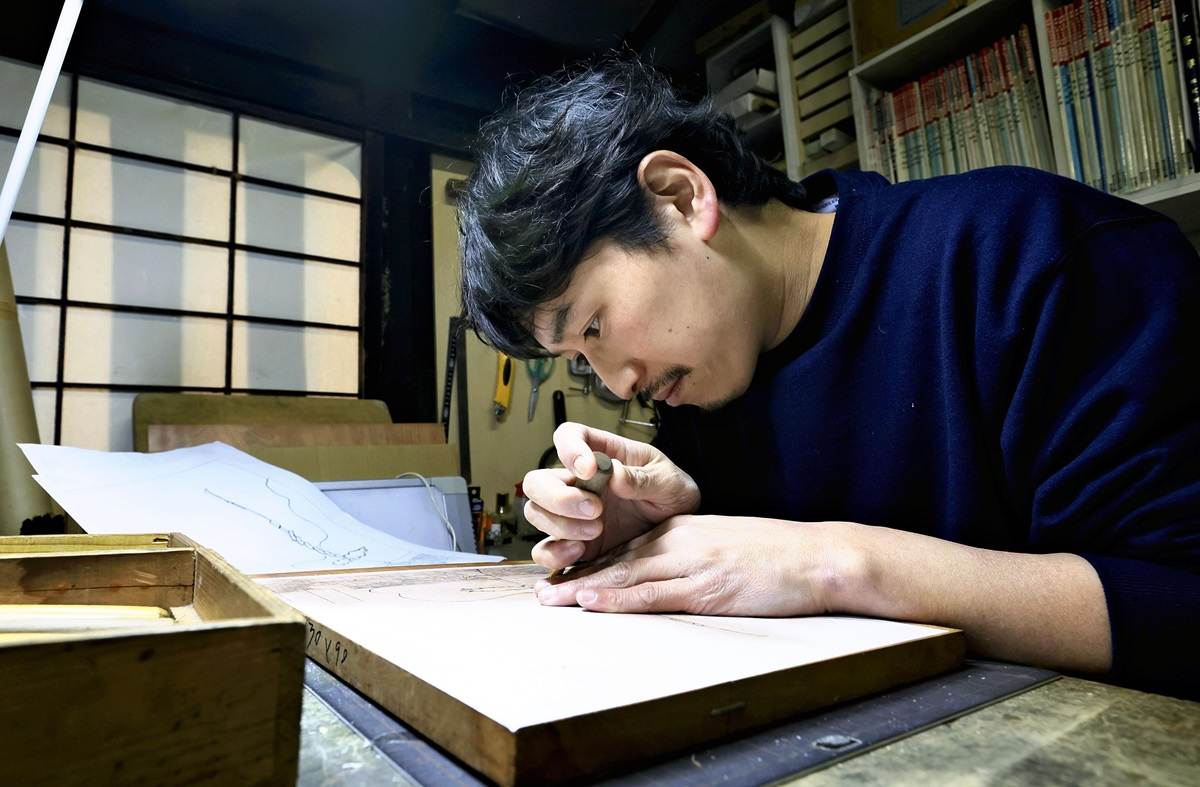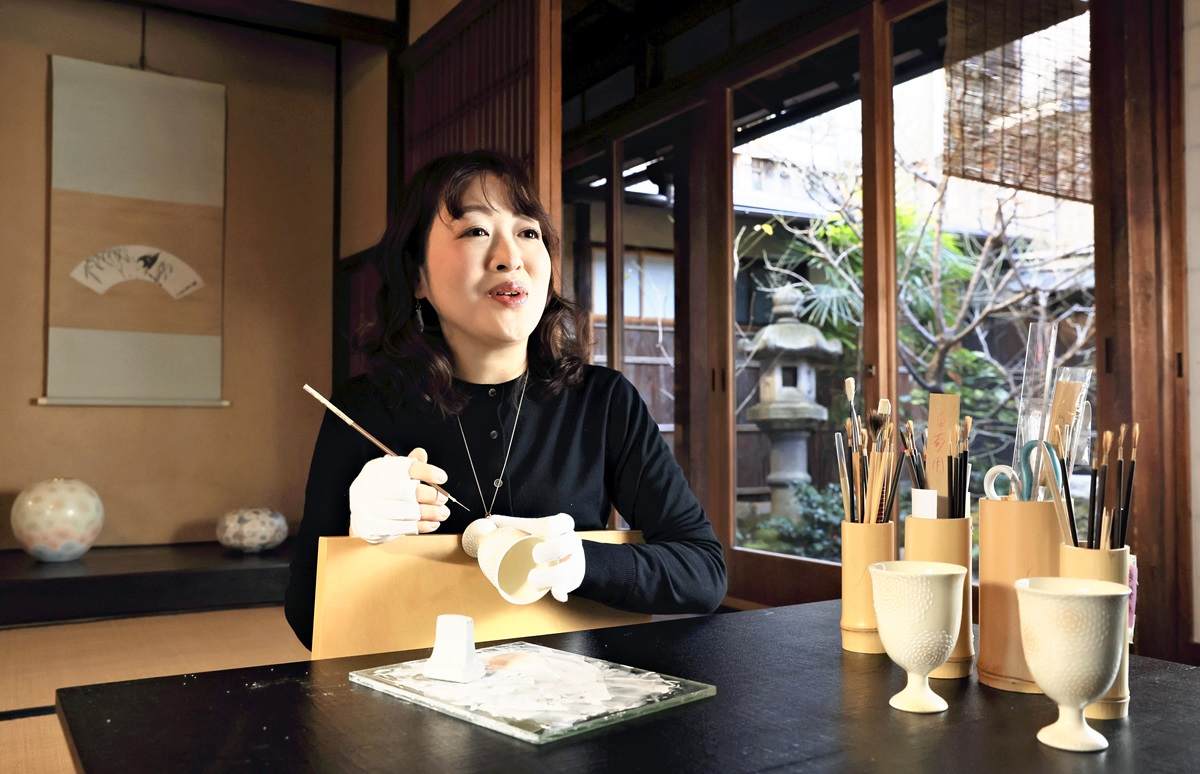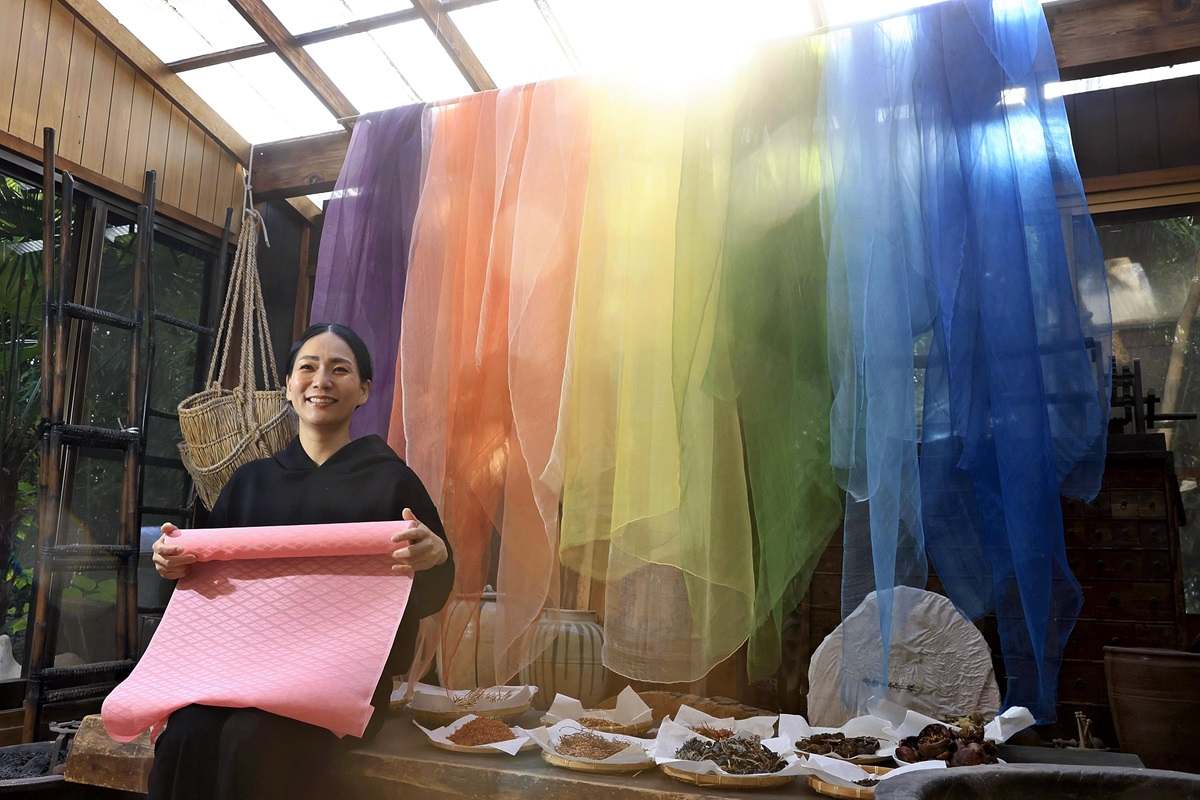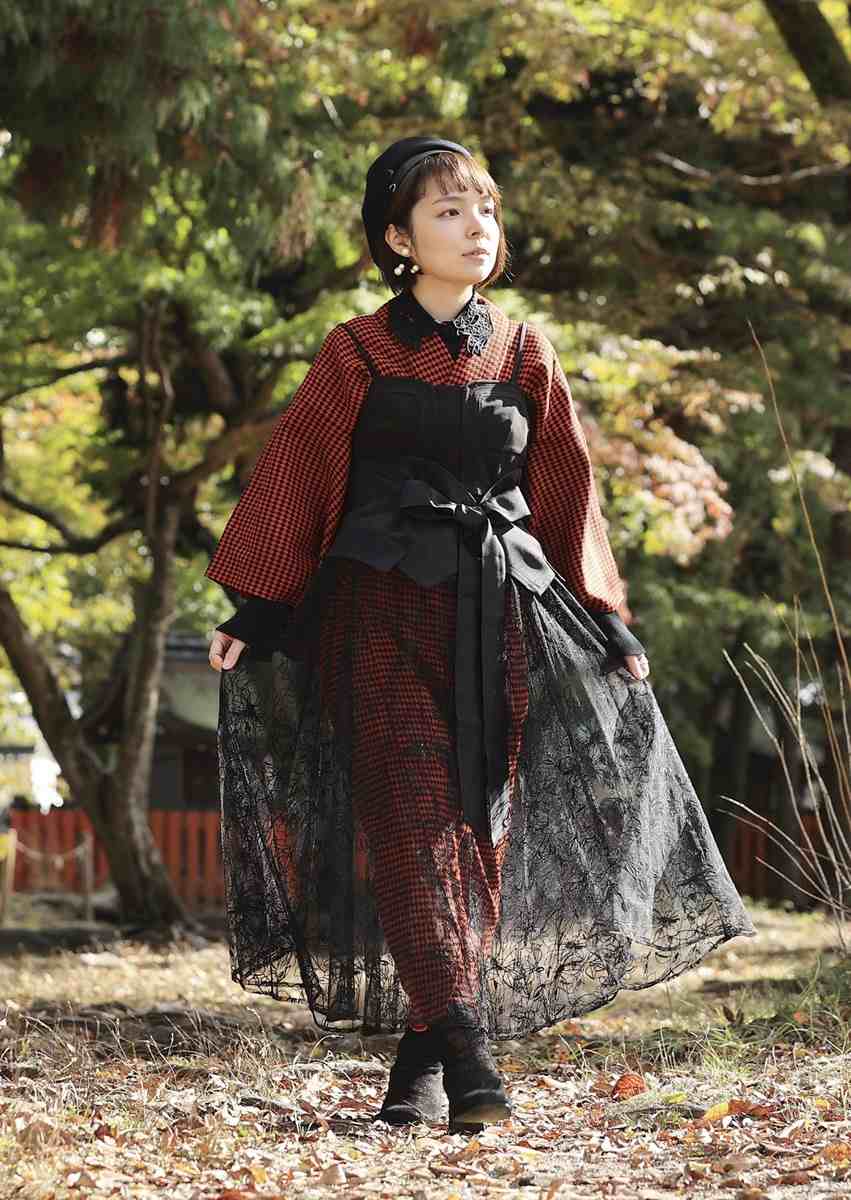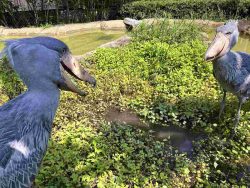Heirs to Kyoto Talent / Artist in Japan Adds Modern Touch to Traditional Straw Craft; Fujii Shows Off Potential of Straw Through Various Works
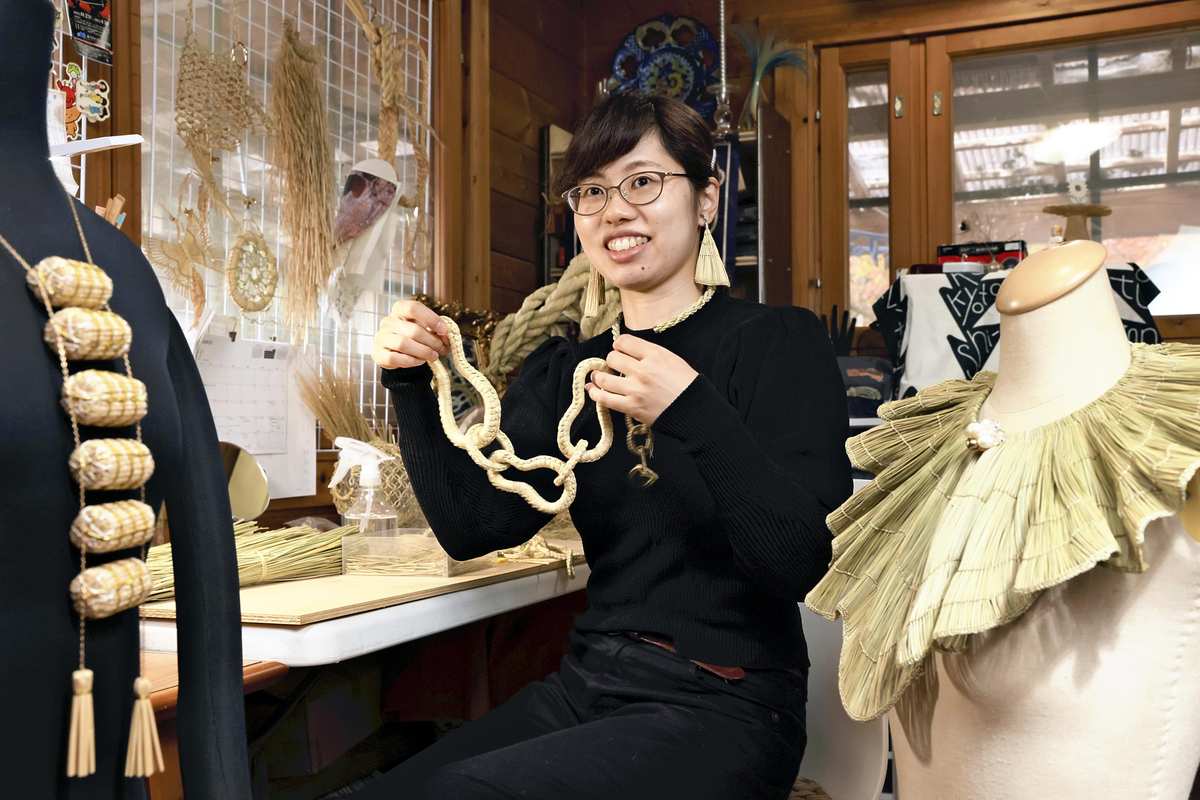
Momoko Fujii is seen at her straw art studio in Sakyo Ward, Kyoto.

10:21 JST, January 4, 2025
KYOTO — Straw craft artist Momoko Fujii took a piece of straw in her hand and carefully inspected it, noticing every bit of discoloration. She then hit a few select pieces with a wooden mallet to loosen the fibers and make the straw more pliable.
She carefully felt the texture of the pieces, as if she was having a conversation with the straw.
“This is the step that really affects the finished product, so I spend the most time on it,” Fujii said.
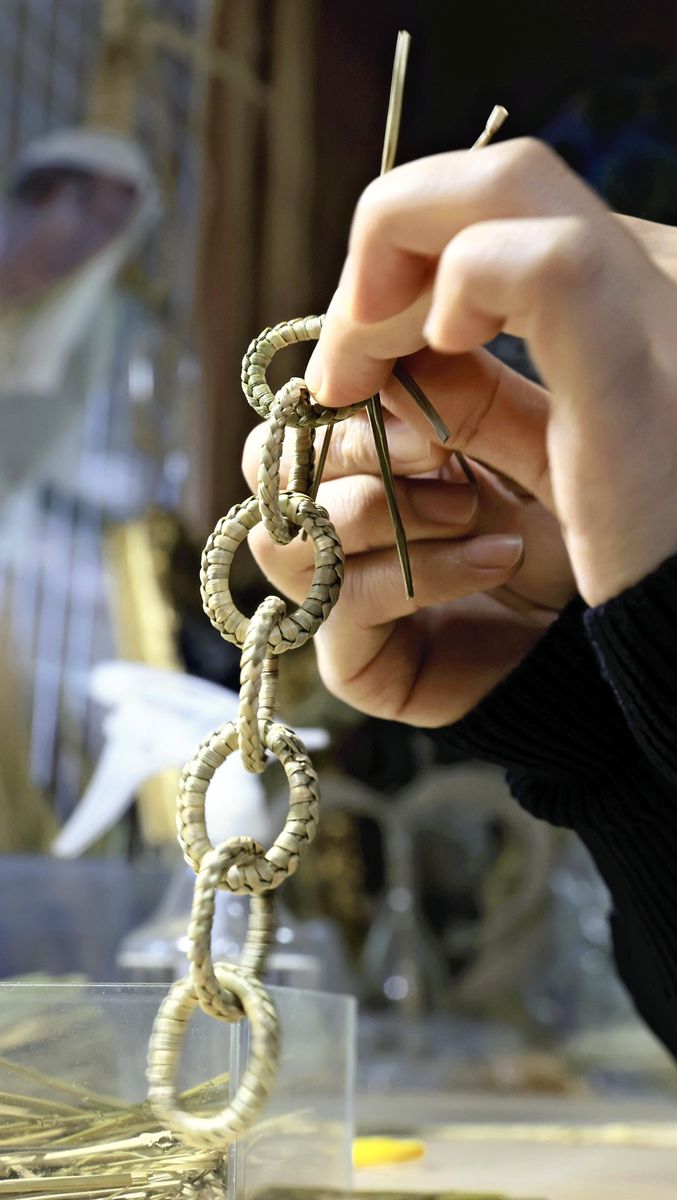
Fujii’s straw accessories made using various techniques
She took the pieces and deftly twisted them with a rolling motion between her palms. The next moment, the straw was in a perfect twist.
The impeccable hand control Fujii has to have in order to exert the exact amount of pressure is the foundation of creating her highly acclaimed products.
Fujii’s works range from modern pieces, called Wara Jewelry, which are only a few centimeters in size, to 5-meter-long shimenawa sacred straw ropes. Even the slightest slack in tension when creating it would result in the rope coming undone.
In pursuit of aesthetic perfection, Fujii puts her “heart and soul into each and every twist.”
Path to becoming artist
Fujii was born and raised in the Hanase district of Kyoto’s Sakyo Ward, which is about an hour’s drive north from the center of Kyoto. In a community that is surrounded by mountains, straw has been an integral part of daily life through the use of sandals, trivets and baskets for picking Japanese sansho peppers.
By living in such an environment, Fujii developed an artistic sense and devoted herself to painting from a young age. After graduating from what is now Kyoto City Senior High School of Art, she enrolled in Kyoto City University of Arts and embarked on a career as an artist.
While she was in university, she learned woodblock printing while searching for new ways to express herself, but she did not feel that it was for her. Instead, she connected with straw craft, which has been handed down in her hometown.
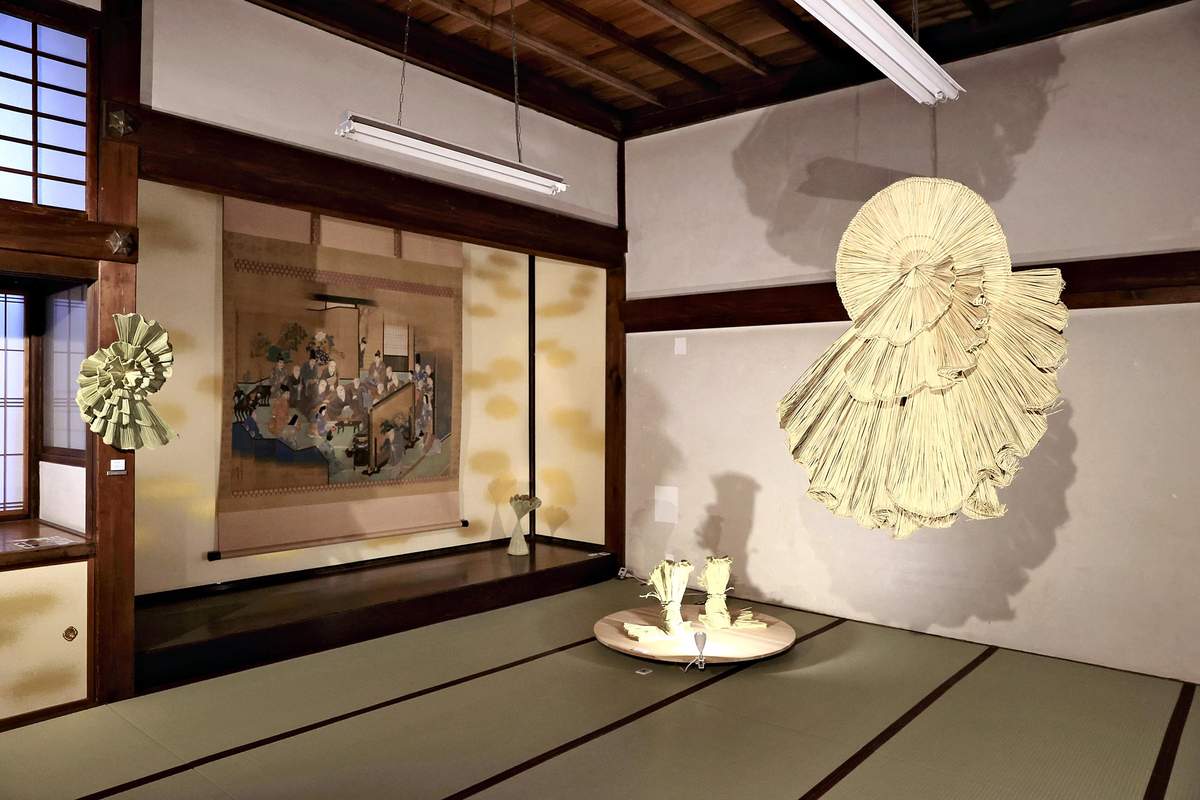
Fujii’s works are on display at an art exhibition in Kamigyo Ward, Kyoto, on Nov. 22.
“I thought it would be interesting to use straw to make accessories,” she said. “I was sure it would create a whole new worldview.”
In 2013, Fujii set up a studio called Hanase WARA next to her parents’ house, hoping to turn the weaving techniques she learned from her elders into an art form. She thought that creating and delivering works from Hanase would promote her hometown as well.
Fujii uses straw she grows in a rice field in Hanase.
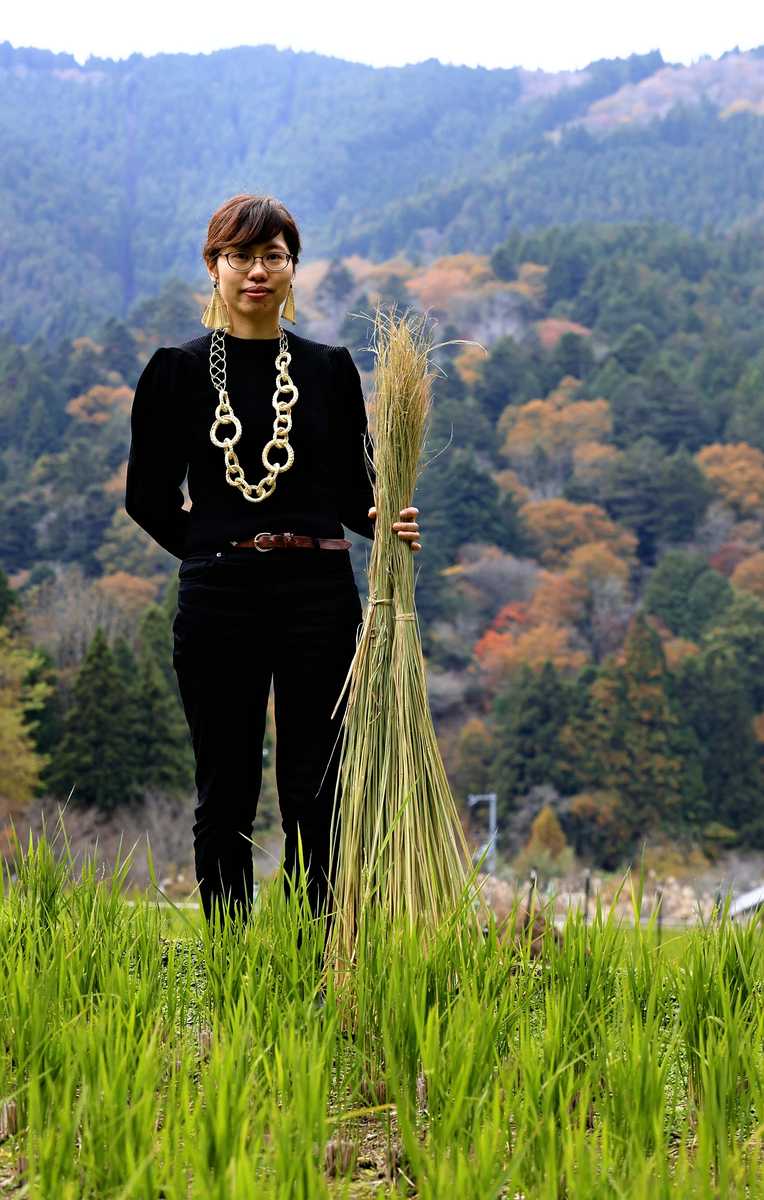
Fujii holds straw of the Asahi Mochi variety.
“It takes a toll on my body, but it’s part of the creative process,” she said. “You can’t make beautiful works without being detail-oriented.”
Fujii uses straw from the Asahi Mochi variety of rice, which grows more than 120 centimeters tall and is suitable for her works. She begins growing seedlings in March, and harvests them between August and October. When it is thoroughly sun-dried, straw loses most of its discoloration by November.
The greenish straw turns lighter over time and turns gold around autumn.
Keeping tradition alive
When making earrings and brooches, Fujii minimizes the use of different materials, such as mizuhiki decorative cords, silk threads and pearls. She said it leads to creating innovative arrangements that combine traditional crafts with a modern touch.
Fujii’s works have received attention both at home and abroad. She now collaborates with overseas designers and certain popular shops.
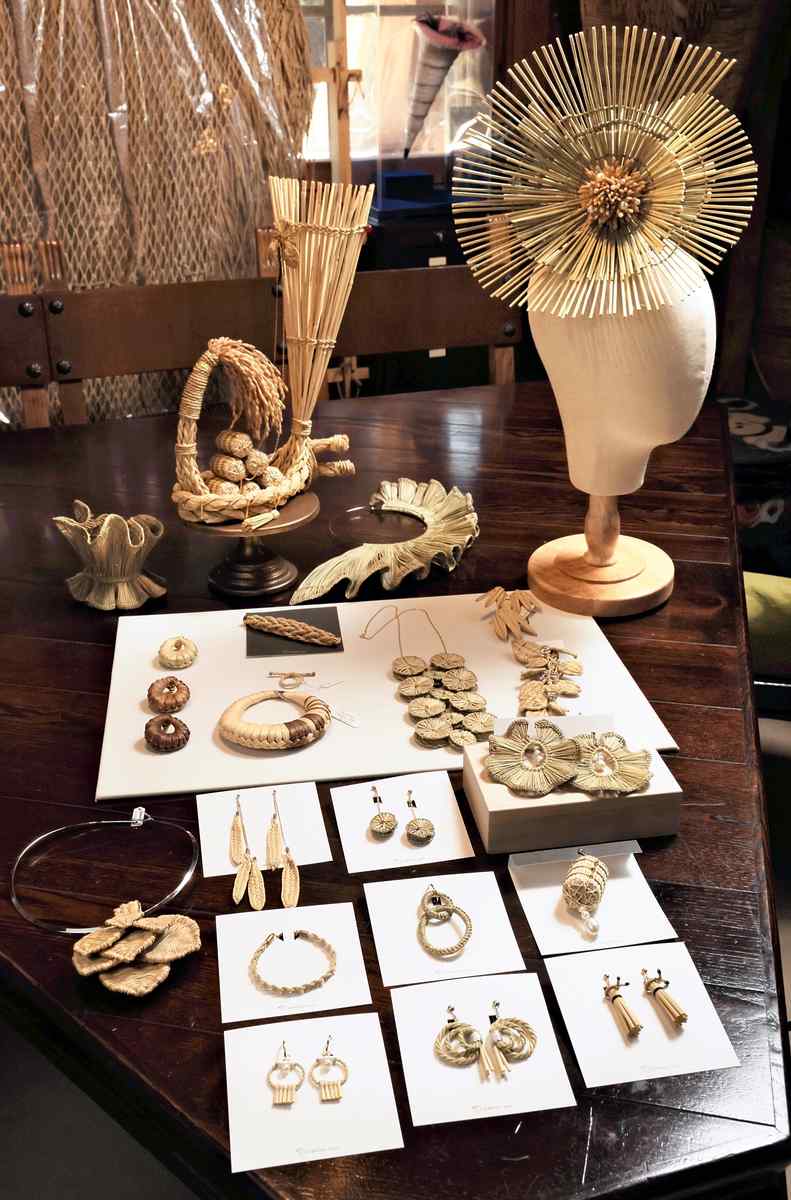
Unique works born through delicate work
“The craftsman side of me focuses on twisting, but as an artist, I want to show people the new value of straw,” she said.
She prides herself in helping preserve Kyoto’s traditions by supplying shimenawa for the Gion Festival and the straw sandals worn by the men in a ritual at the Kuramadera temple. Having gained recognition as an artist, Fujii holds solo exhibitions in Osaka and elsewhere. She also holds workshops in Kyoto to expand the craft amid a declining number of straw craftsmen.
Regions nationwide create straw crafts, and each area has its own unique characteristics.
“It’s a treasure filled with the sensibilities and wisdom of our predecessors,” Fujii said. “I want to learn new techniques and incorporate them into my work.”
Fujii believes in the infinite potential of straw and hopes to keep creating straw works in the future.
***
If you are interested in the original Japanese version of this story, click here.
"Features" POPULAR ARTICLE
-

Sanrio to Open Museum in Yamanashi Pref. Dedicated to Founder, Exhibits Include Hello Kitty, Other Characters
-

Autumn Foliage Surrounds Visitors to Tokyo’s Showa Kinen Park
-

My Daughter No Longer Speaks to Me, But I Want to See Her and My Grandchild
-

Kumamoto: Public Bath Refurbished as Library Where You Can Chat, Take Photos
-
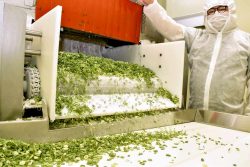
Frozen Vegetables: Demand Rises for Convenient, Tasty Domestic Produce
JN ACCESS RANKING
-

Tokyo Economic Security Forum to Hold Inaugural Meeting Amid Tense Global Environment
-

Keidanren Chairman Yoshinobu Tsutsui Visits Kashiwazaki-Kariwa Nuclear Power Plant; Inspects New Emergency Safety System
-

Imports of Rare Earths from China Facing Delays, May Be Caused by Deterioration of Japan-China Relations
-

University of Tokyo Professor Discusses Japanese Economic Security in Interview Ahead of Forum
-

Japan Pulls out of Vietnam Nuclear Project, Complicating Hanoi’s Power Plans
